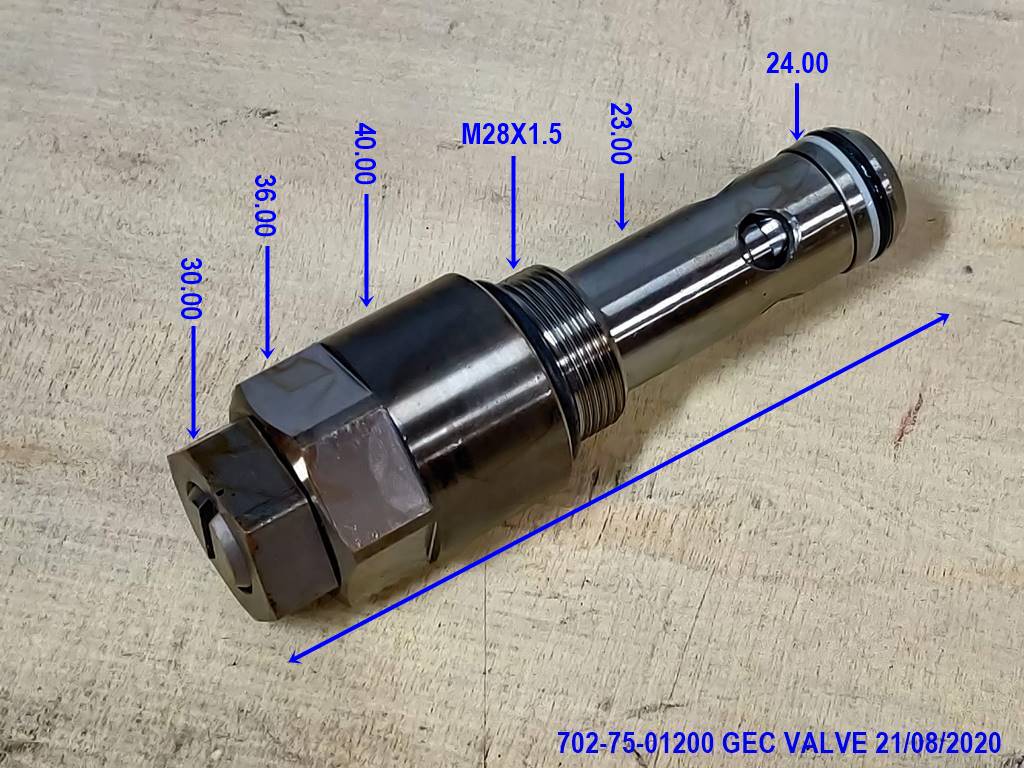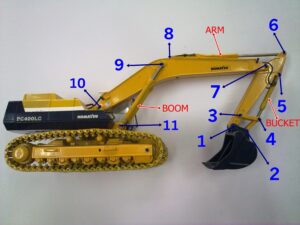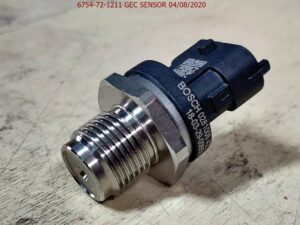RELIEF VALVE
A relief valve and a control valve are typically separate components in a fluid control system, each serving distinct functions. However, they can sometimes be integrated for specific applications.
1. **Relief Valve Function**:
– **Pressure Protection**: The primary function of a relief valve is to protect a system from overpressure conditions. When the pressure within the system exceeds a predetermined setpoint, the relief valve opens to release excess fluid and reduce pressure. This prevents damage to equipment, pipes, or vessels from pressure buildup.
– **Simple Operation**: Relief valves operate based on the principle of balancing forces. When the pressure on one side of the valve exceeds the force exerted by a spring or other mechanism, the valve opens, allowing fluid to escape until the pressure returns to a safe level.
2. **Control Valve Function**:
– **Flow Regulation**: Control valves are used to regulate the flow rate, pressure, or direction of a fluid within a system. They can be adjusted manually or automatically to maintain desired process conditions.
– **Precise Control**: Control valves offer precise control over fluid parameters, allowing operators to adjust flow rates or pressures to meet specific requirements of the process.
**Integration in Control Relief Valve (Possible Scenario)**:
In some cases, particularly in complex systems or applications where both precise control and pressure protection are required, a control relief valve can be used. This device integrates both functions into a single unit:
– **Control Function**: The control portion of the valve regulates flow or pressure as required by the process, responding to signals from controllers or operators.
– **Relief Function**: The relief portion of the valve activates if the pressure exceeds a certain limit, providing overpressure protection to the system.
In summary, while relief valves and control valves typically serve separate functions, they can sometimes be combined into a single unit for specialized applications where both precise control and pressure protection are essential.




